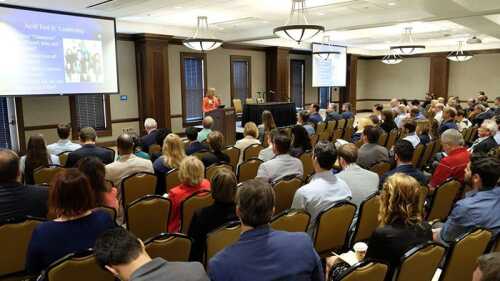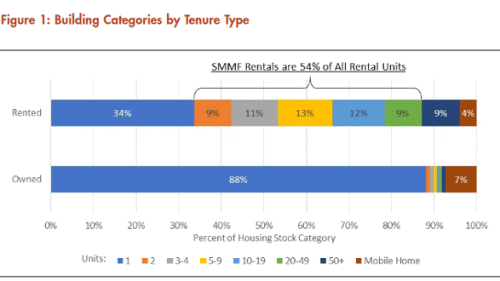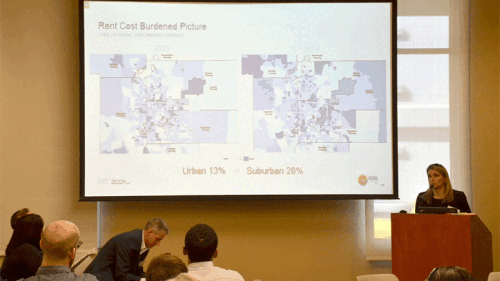Affordable Housing
A panel discussion at the ULI Europe Real Estate Forum 2018 in Dublin focused on a key question facing the development industry: how to future-proof urban redevelopment in an era of constant change by including open space and housing while embracing walkability.
Hit by two major hurricanes in 2017, St. Croix —one of the U.S. Virgin Islands—is oised to receive nearly $2 billion from the Federal Emergency Management Agency, a portion of which could potentially transform the island’s current social and economic footing if used strategically.
The following ten projects—all built during the past five years—showcase a variety of design strategies that make inventive use of their project budgets, including a textile mill adapted to serve as apartments and supportive housing for military veterans.
In April, ULI Advisory Services presented recommended redevelopment possibilities for the 24-acre (9.7 ha) site of Bloomington Hospital—a campus in Bloomington, Indiana, that will move its operations in 2020.
While the latest Harvard University’s Joint Center for Housing Studies (JCHS) report on the state of rental housing in the United States. shows some positive signs for inventory, the overall trend persists that low- to moderate-income renters face significant cost burdens in most markets.
How can the public and private sectors work together to encourage more development around public transportation networks?
Venture capitalists are jumping into the growing market for technology-based solutions for the affordable housing issues that communities around the globe are facing.
As Nashville prepares to turn its vision for a $6 billion regional transit plan into reality, the public and private sectors are exploring how transit can address other economic issues. ULI Nasvhille hosted a panel discussion on the opportunity for developers.
Large, luxury apartment and condo developments have been dominating headlines and casting a big shadow over the “little guys” in rental housing. A new report released by Enterprise Community Partners and the Bedrosian Center on Governance at the University of Southern California aims to call attention to this overlooked segment of the market.
With Denver’s population expanding from about 470,000 in 1990 to 700,000 today, many longtime residents in some gentrifying neighborhoods find it difficult to remain as rents, home prices, and property taxes climb. How do communities in other U.S. cities provide for both lower-income families and local culture while being revitalized?









